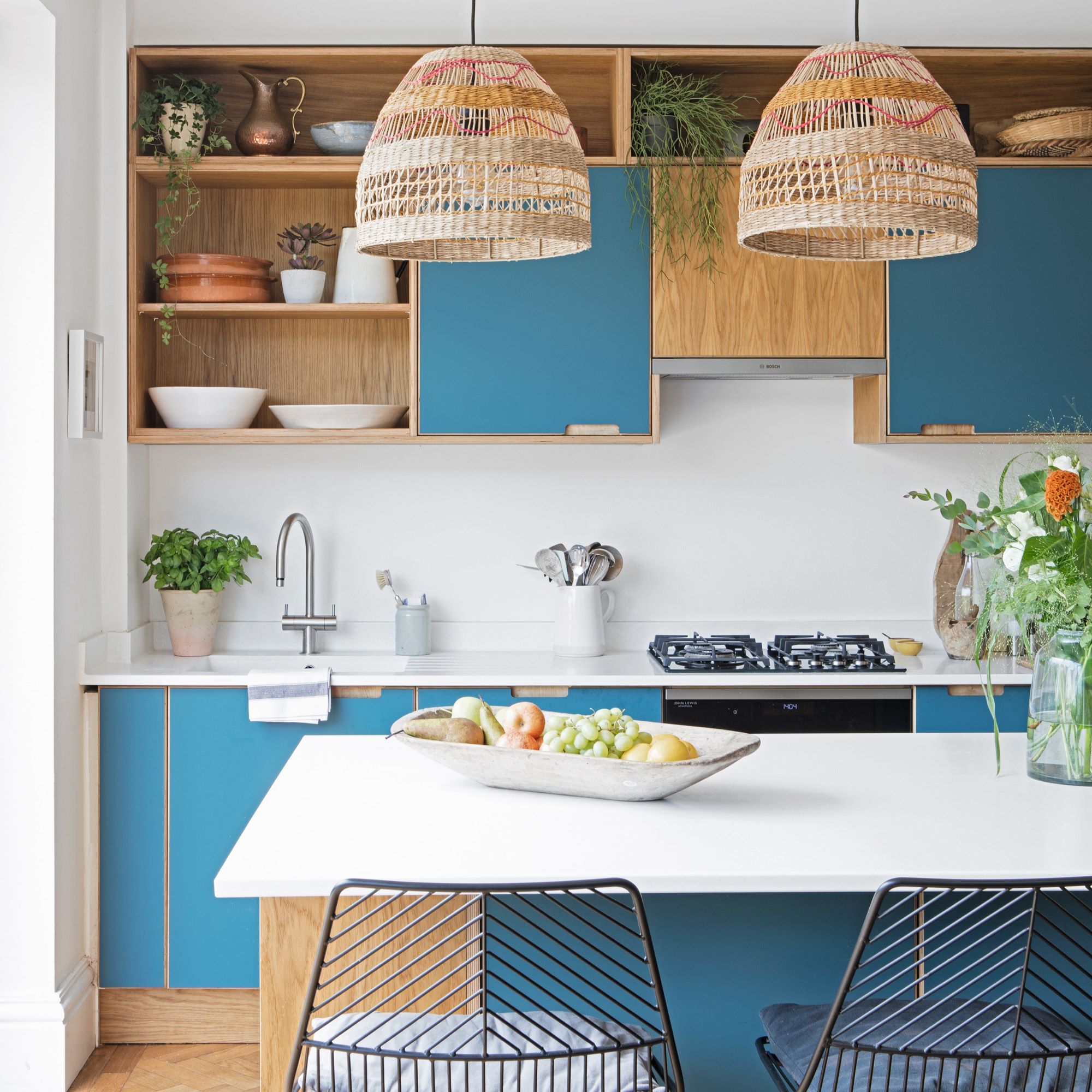
If you're kitchen has you brimming with a mixture of irritation and anxiety as soon as you walk in, then it could be worth examining the particular things in your kitchen that are causing you stress.
It’s the room that puts your multitasking skills to the test! Where else might you need to feed a toddler while loading the dishwasher and doing an online supermarket shop all at the same time? Your kitchen should be making all that frantic plate-spinning easier, not harder.
Planning small kitchen ideas should be straightforward in that their sole purpose is for cooking, but they come loaded with frustration in terms of storage, prep space and room to manoeuvre – especially when it comes to galley kitchens.
While a large kitchen might be the dream for most of us, they too can cause stress in their complexity of purpose as they’re used for cooking, eating, seating and sometimes working, too.
Things the kitchen that cause stress
What can start as a minor irritation in your kitchen can turn into a major stress because it’s such a busy space you use multiple times a day. Some niggles are easily fixed with a quick buy; others require a redesign. Worth it, we think, for a smoother-running life!
We spoke to the experts to find the common pain points that are causing you stress in your kitchen and how to fix them.
1. The layout makes no sense

Jen Nash, head of design at Magnet, explains that not getting the kitchen layout right will be the biggest stress point in many spaces. She explains, ‘The flow around the space must work for you. This means avoiding obstructions, setting up a room that you can keep well-organised and clutter-free.
'An effective layout is divided into separate zones for cooking, dining and relaxation. In a busy kitchen, the cooking zone should have a ‘working triangle’ or ‘golden triangle’, as it’s sometimes called. It is made up of three workstations: the sink, the fridge and the cooker. With one of these at each point, you can reduce the time it takes to walk between them, optimising efficiency and effort.’
2. There’s not enough prep space
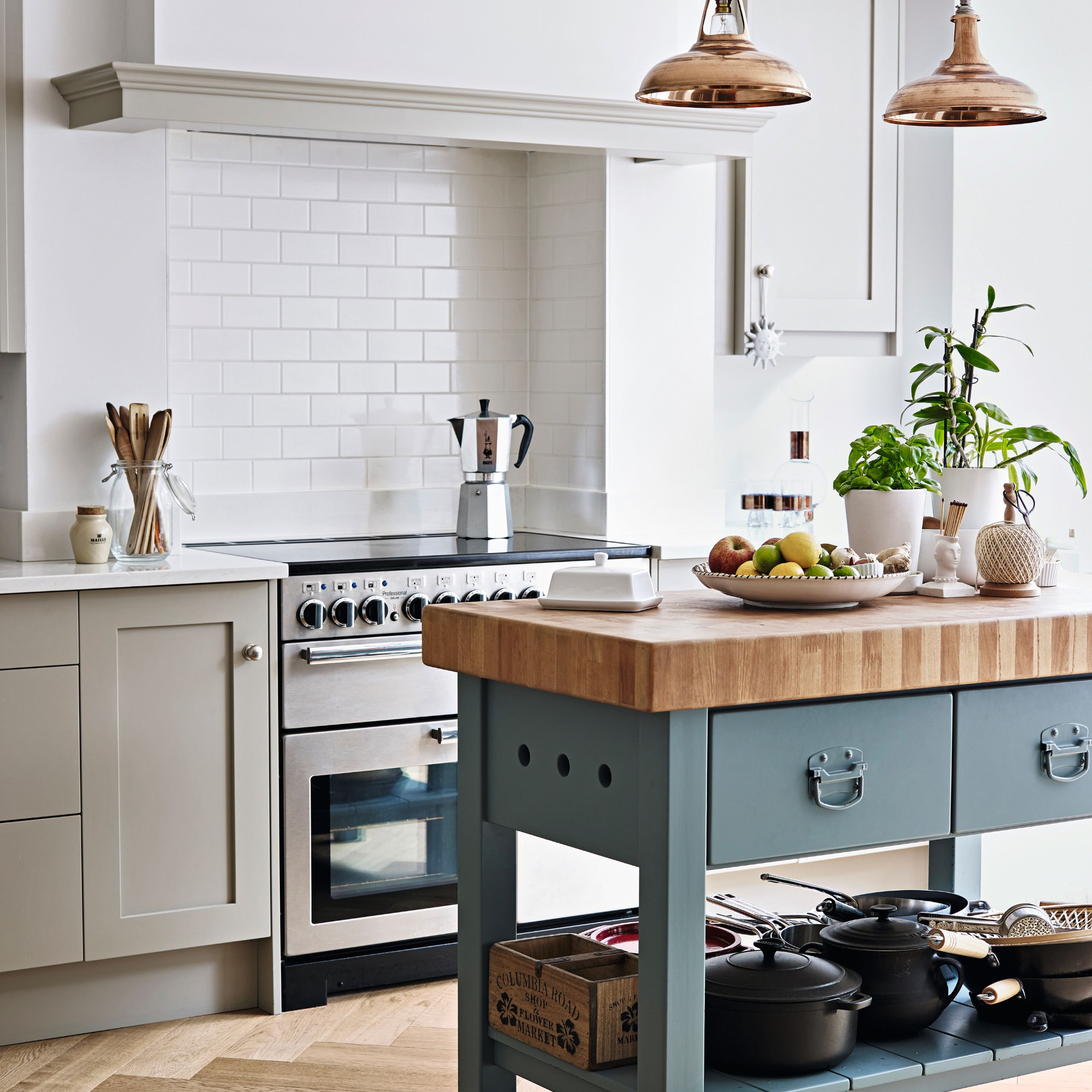
We all want to eat healthy meals cooked fresh from scratch, but that takes space for multiple tasks and possibly multiple sous-chefs to wash, chop and prep each ingredient. In our experience, there is nothing that will raise your stress levels quite like squeezing into an awkward corner where you keep dropping bits on the floor when chopping.
To fix this situation Jen says: ‘Think about whether a kitchen island could work in your room, as this can give you more prep space. Consider storage, too. We often have large items standing on our worktops, such as coffee machines, bread bins and microwaves, which take up a lot of space. If these could be moved to an open cabinet, larder or shelf, it’ll free up room for prep.
'Other solutions include boards that fit over your sink to extend prep space. Induction hobs are also a great choice because they fit flush to the worktop, giving you another easy-to-clean surface.’
This over-sink wooden cutting board by Reginox, £54.99, Wayfair is a great solution for expanding the counterspace in a small kitchen.
3. The lighting’s poor
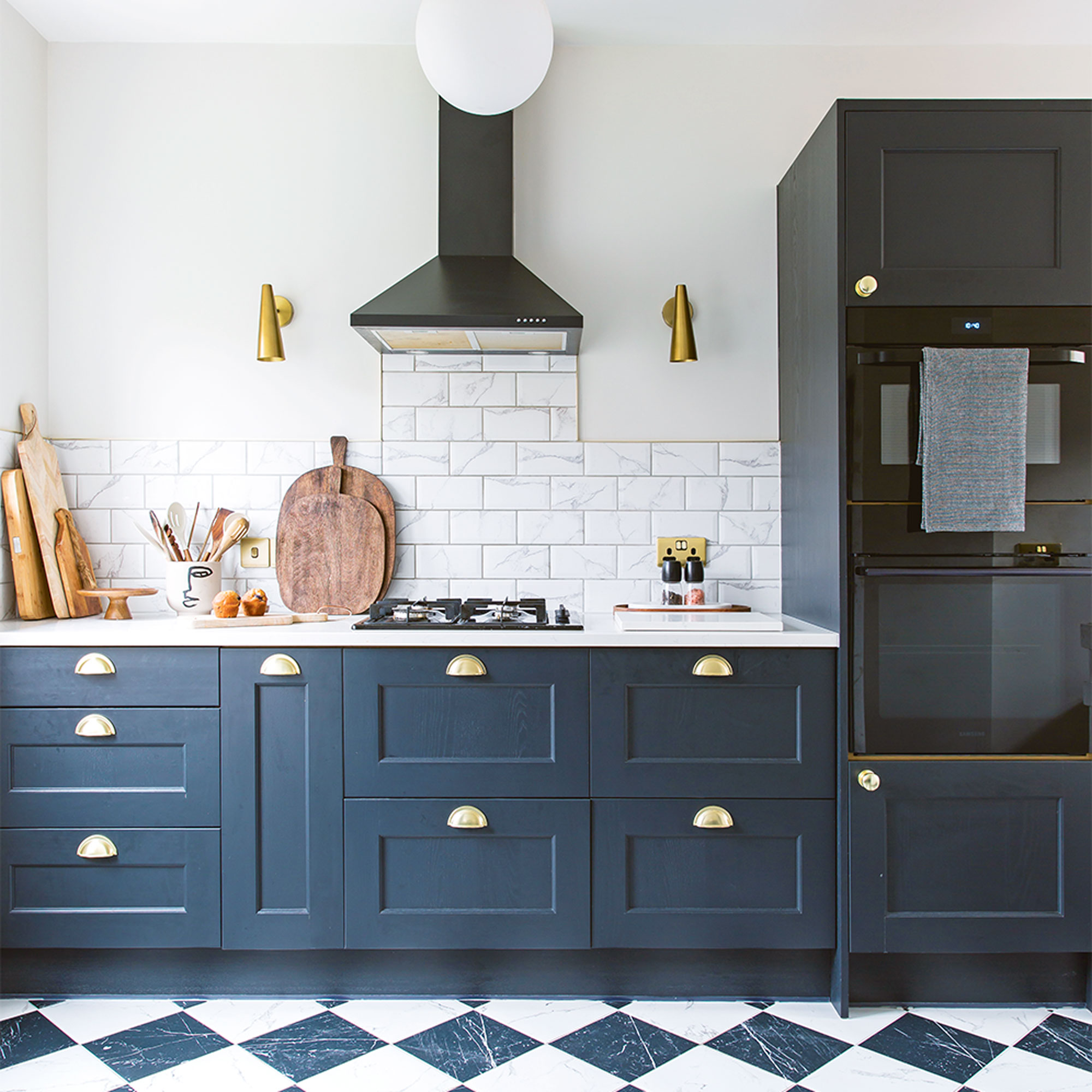
Poor lighting that has you straining your eyes when trying to get tea on the table is not going to make cooking the pleasant and relaxing task it should be. This is an easy one to fix as the market is awash with clever kitchen lighting ideas, but they need to be considered carefully. Inset ceiling LEDs are the popular choice, but getting the right number in the right place can be a challenge.
Lighting designer David Village says, ‘Having a simple grid formation of ceiling downlights can be ineffective for many kitchens. Areas which are used most, such as kitchen islands, will require specific pendants which target the working area. It’s also easy to install more downlights than is necessary for the space, resulting in a blanket lighting level throughout, with no atmosphere.’
Whatever form of existing lighting you have, focusing on work areas is key: ‘Insufficient light over a preparation surface will make it unsuitable for use,’ comments David.
Plug-in wall lights are a flexible option (as long as they’re a safe distance from water sources), as are the new portable and rechargeable LED lamps or stick-on motion-sensor lights fitted under the cabinets. Why not try the Arlec LED cool white under-cabinet sensor light, £14.50, B&Q.
4. You’re anxious about the worktops getting damaged
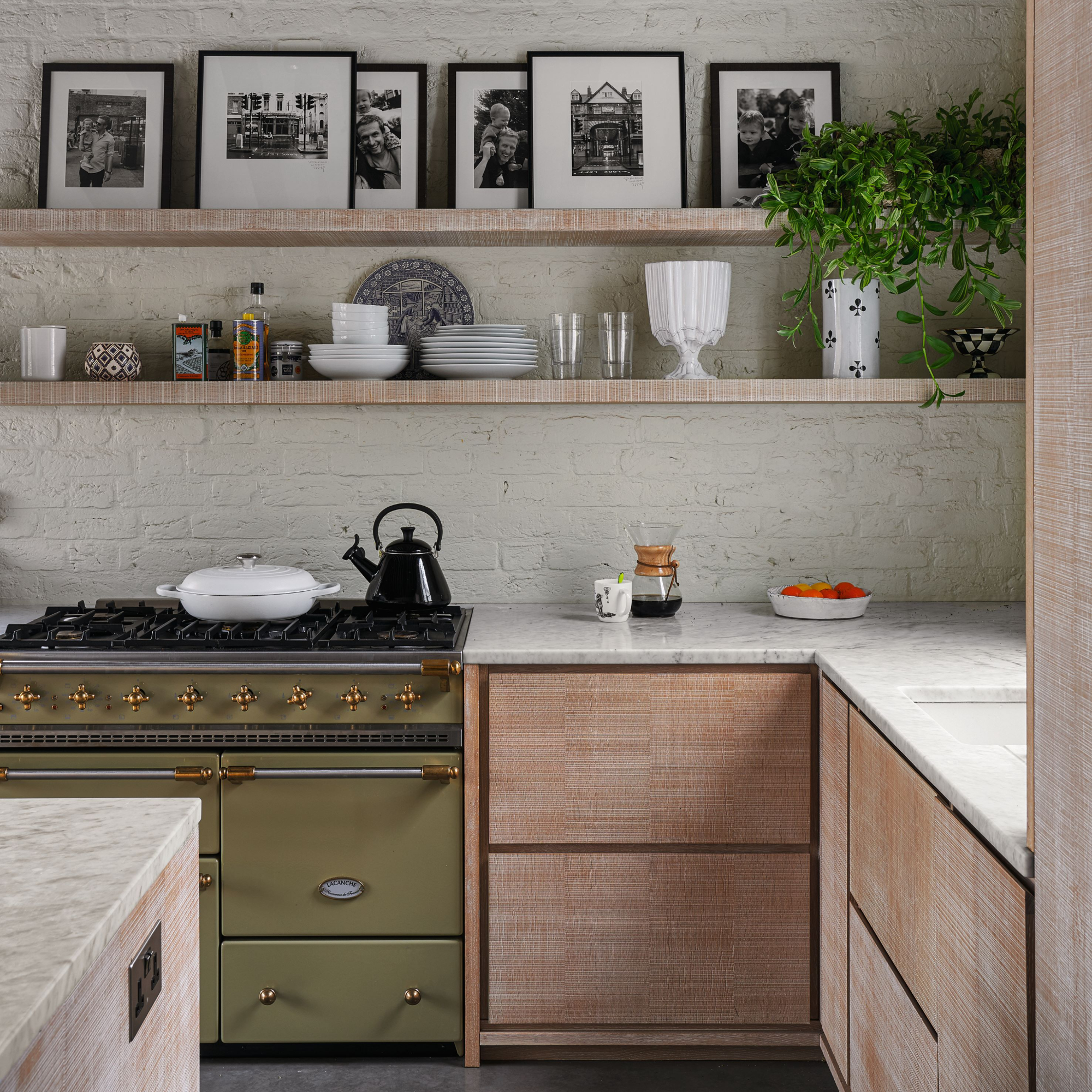
Like leaving the seat up and putting forks prong down in the dishwasher, marking the worktop is guaranteed to trigger relationship strife. If you live in a rental, it’ll mean kissing goodbye to your deposit, too.
If yours are damaged, they can probably be repaired if you’re careful. Jane Thyeson, Design Lead at Smile Kitchens, says, ‘DIY repairs for damaged worktops vary based on the material. For laminate, using filler kits can help conceal scratches, while wood surfaces may benefit from sanding and refinishing.
'Granite or marble repairs may require professional intervention, but minor scratches can be polished out with a specific stone polish. We’d always recommend contacting your designer or supplier for advice, making sure to follow manufacturer guidelines and consider consulting a professional for any major repairs.’
Ready for a redo? Choose worktop ideas with maintenance in mind. Jane advises, ‘Granite and marble worktops, while stunning, can be more susceptible to damage such as chipping or staining. Laminate and wood worktops on the other hand are prone to scratches and water damage.
‘No worktop is entirely damage-proof, but some materials offer higher resistance. For households who love to cook with pigmented, staining ingredients or are prone to accidents, our designers will often recommend quartz or even stainless-steel worktops as they tend to be more durable and resistant to scratches, stains, and heat and will wipe down quickly and easily. These materials often require less maintenance and provide a longer lifespan. A quartz worktop could last for decades and even into future kitchens when cared for properly.’
5. There’s not enough storage
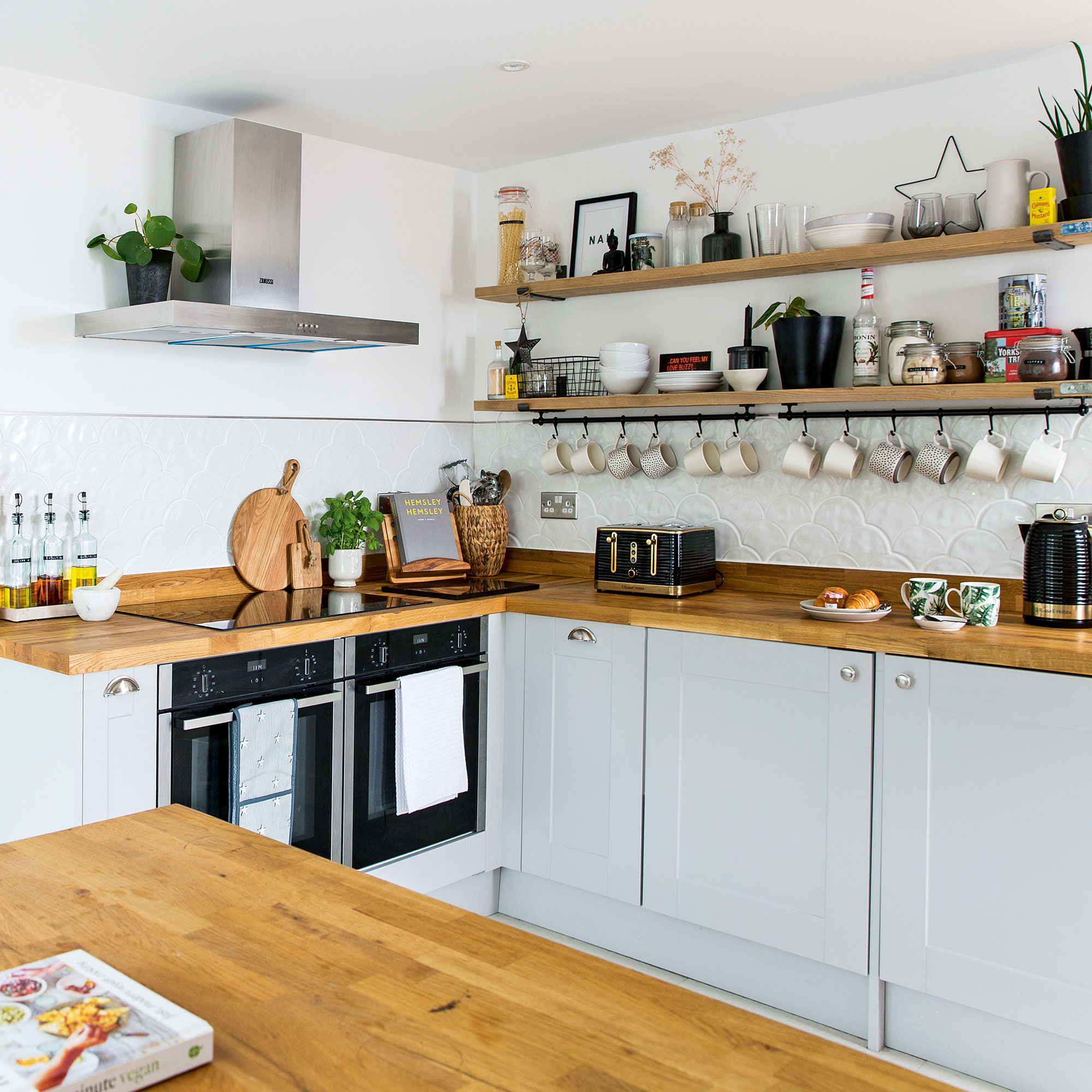
Tupperware flying out of the cupboard is the last thing you need after a long day at work. Fortunately, in a small kitchen, there are a multitude of small kitchen storage ideas to bring into play. Supplement cabinet storage with extras such as wall-mounted plate or spice racks and open shelving, as well as interior solutions such as adjustable mini shelves and under-shelf baskets to maximise larder storage. Hooks fixed under cabinets are a simple way to store mugs and cups.
Jen Nash, head of design at Magnet can offer advice if you’re planning a new kitchen: ‘Make the best use of any ceiling height that’s available with larder cupboards and stacking configurations. Also, remember that kitchen cabinets can be used in areas other than the cooking space to offer storage. For example, to create a utility or boot room area, or configured as a dresser in a dining or seating area.
‘Plus, there are other ways to maximise storage apart from cabinets. For example, look at solutions such as bench seating with lift-up seats that conceal clutter.’
One of our favourite ways to use the interior height of your cabinet is with Lakeland’s ‘Add a shelf’ storage organiser, £14.99.
6. The floor always looks dirty
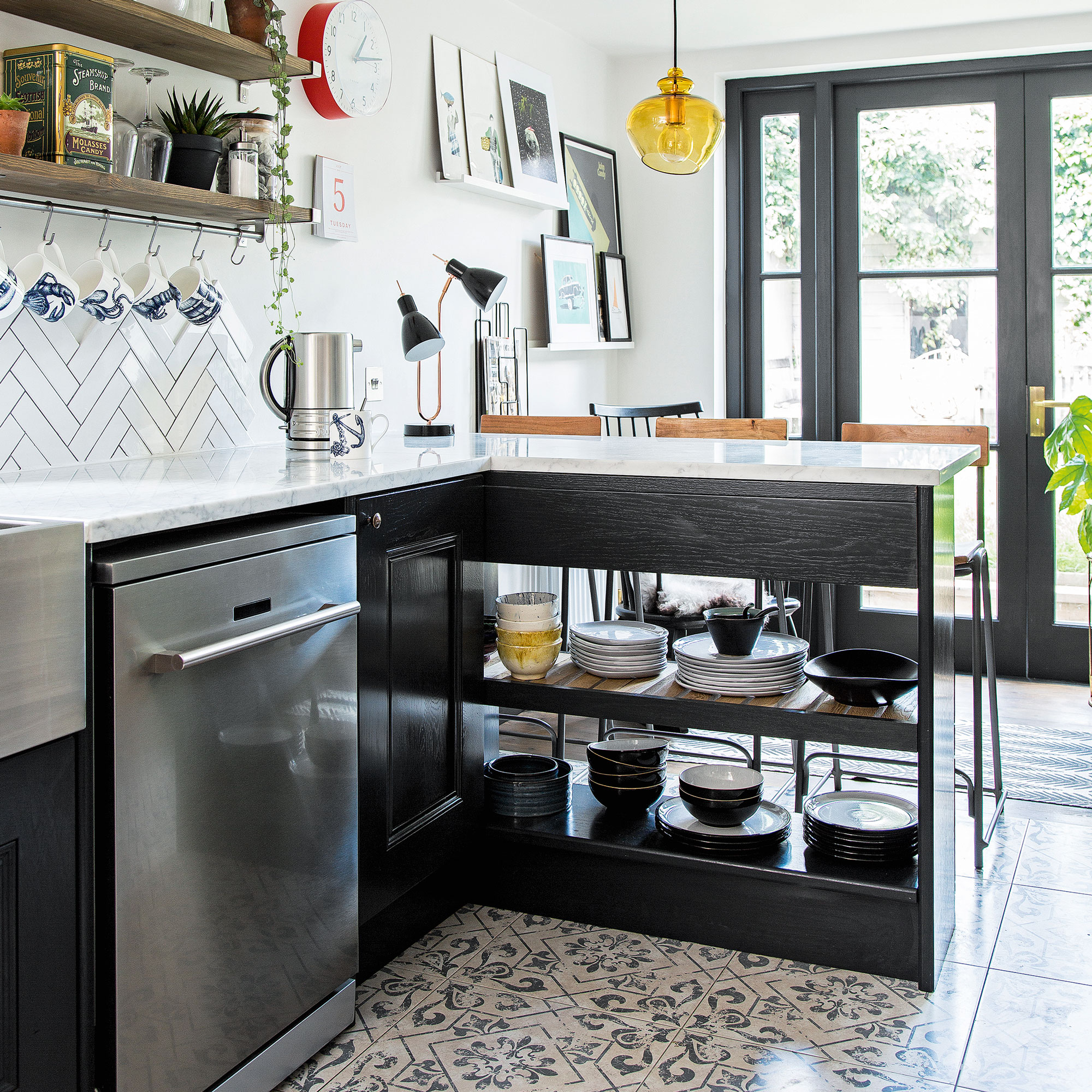
Some surfaces just show every mark, so your choice is to live with the constant irritation or get the mop out every five minutes. Until the opportunity arises to kitchen flooring ideas, or put down dirt-trapper mats or runners at every external door to minimise the problem and consider investing in a robot vacuum to deal with the mystery bits and flecks that catch your eye.
When you do change the flooring, choose one that hides the dirt. Plain, light colours are the main issue, but texture plays a part, too. Alex Heslop, trend expert at Flooring Superstore says:
‘While natural flooring materials like terrazzo, stone and marble can add a touch of grandeur to your kitchen, and are very popular choices at the moment, this type of floor is porous, making it prone to staining and difficult to keep it looking its best. While treatment options are available to increase the durability of natural flooring, dirt can become embedded into the pores of the materials, which can be incredibly difficult to remove.
‘For busy footfall areas like kitchens, it’s wise to prioritise durability and longevity of your flooring. Luxury Vinyl Tiles (LVT) for example mimic the charm and aesthetic of natural materials but have additional water and scratch resistance properties which is very important in busy households and high-traffic areas.
‘Whatever type of flooring you have, to avoid stains - keep your floor clean through regular vacuuming, sweeping and mopping to avoid a long-term build-up of dirt. Every year or two consider a more thorough clean of your flooring. Wooden floors mean they can easily be recoated or even re-sanded to rejuvenate its appearance and keep it looking its best for years to come.’
7. There’s not enough cooking capacity
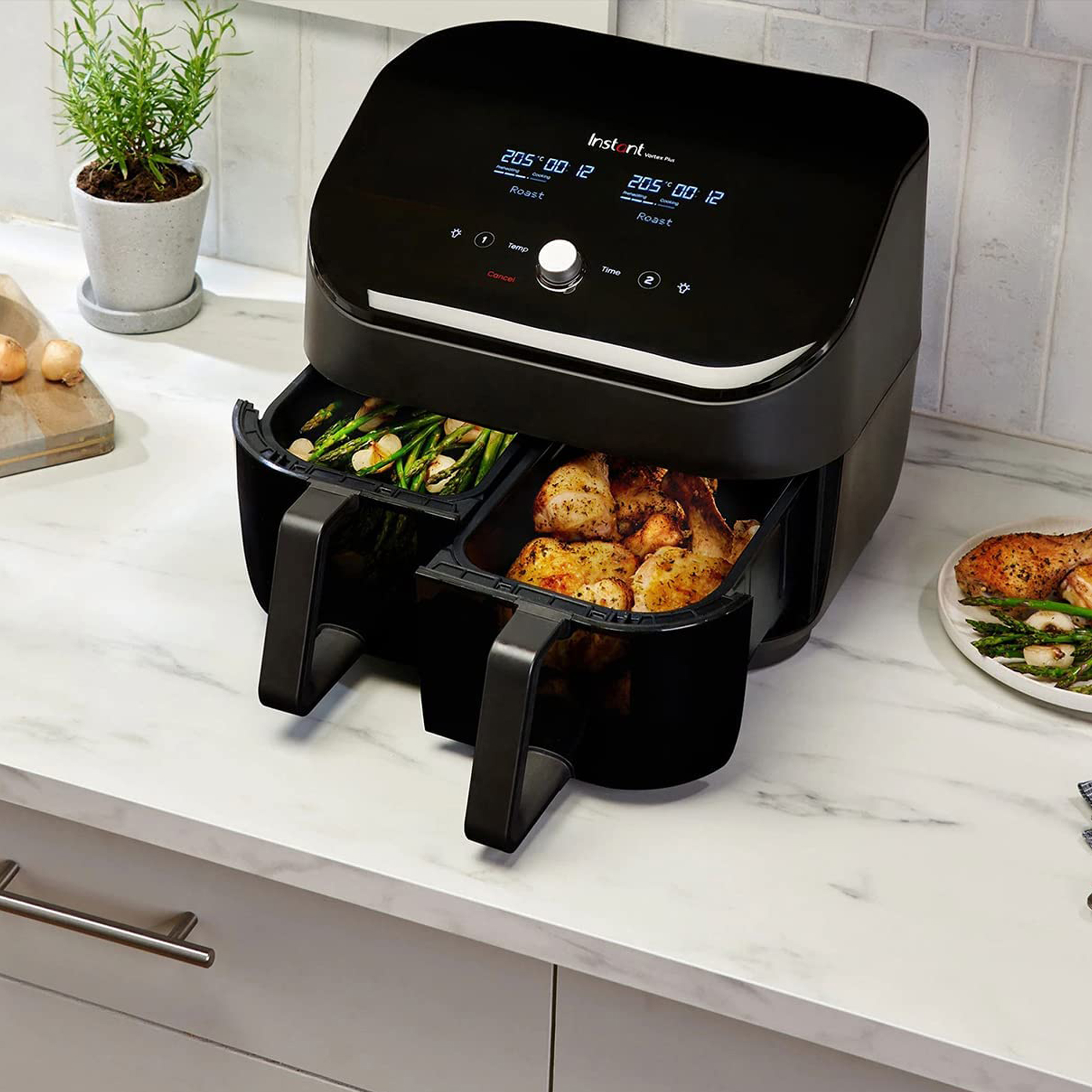
Running out of oven space is a real possibility when you’re cooking Sunday lunch for a big family or love to entertain. If we're being honest we've all suffered a Great British Bake Off style melt-down over oven space at least once.
A combination microwave will give you another way to cook vegetables instead of on the hob. If you haven’t got an air fryer yet, it could be the game-changer you’ve been wishing for. Not just for chips, they’re versatile and easy to use for all kinds of foods. Our reviewers tested the best air fryers and loved the Lakeland digital mini oven, which comes with a baking tray and rotisserie for perfect roast chicken.
All those extra roasting tins and pans will take up extra space in the dishwasher, too. In a big kitchen, twin side-by-side dishwashers can be a godsend. Otherwise, consider a countertop dishwasher to boost capacity – great for parties if you have countless dirty glasses to put through.
8. It always smells of last night’s dinner
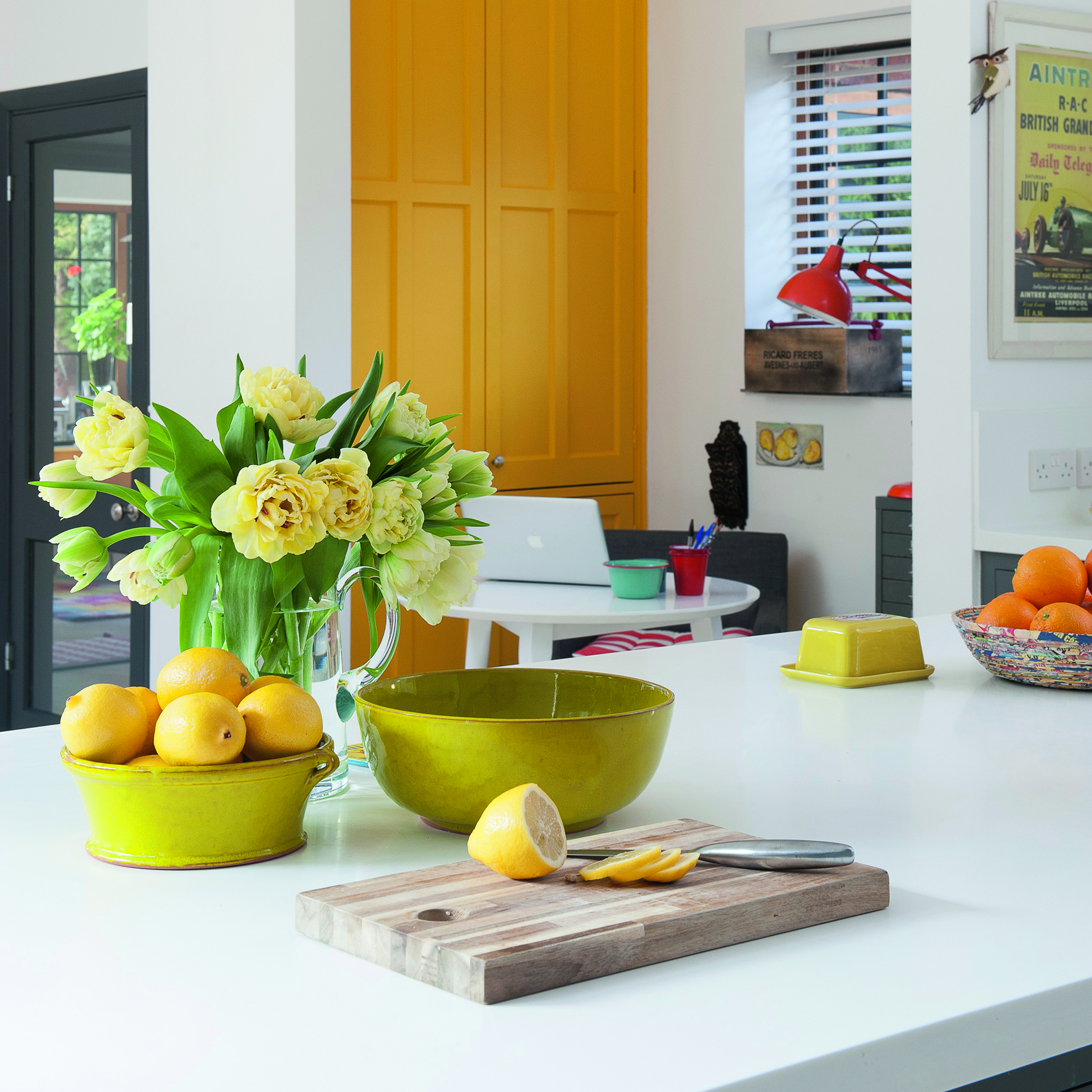
When you walk into the kitchen for your breakfast, the last thing you want to be smelling is last night's dinner. Zoflora’s fragrance expert, Laura French, says, ‘Keeping your kitchen fragrant is not easy when you’re tackling strong cooking odours, bins and drains all in the same space.'
Her top tip is to fill your kitchen with a fresh citrus scent. 'Citrus fragrances are popular for the kitchen. They are great for neutralising smells, making a space feel cleaner and fresher. Lemon and grapefruit are uplifting due to their association with summer, which in turn can provide mood-enhancing and stress-reducing properties, leaving you feeling energised.’
Our best tricks for a sweet-scented kitchen is to wipe down the surfaces with a scented cleaner after cooking. Lemons are also a brilliant natural cleaner, you can use them to clean a sink and kettle, or simply pop a few drops of lemon essential oil down the plug hole and on a tissue in the kitchen bin.
FAQs
How do you reduce stress when cooking?
Follow these five steps for a cool, calm meal-prep system:
- Systemise your fridge and food cupboards to make it easy to grab the ingredients you need.
- Dedicate separate areas to prep and clean-up, just like a professional kitchen.
- Wear an apron to protect your clothes.
- Open a window to keep you cool, ventilate cooking smells and remove potentially harmful airborne particles created during the cooking.
- Play soothing music and shut that trip-hazard cat out of the room.
How do you deal with things that stress you out?
The NHS recommends simple breathing exercises to regain calm and focus when you’re feeling anxious or overwhelmed. EFT (emotional freedom technique) tapping can also give quick relief for stress, as can acupressure ear seeds designed to stimulate pressure points that reduce anxiety.
Or, of course, you could just order a takeaway…







